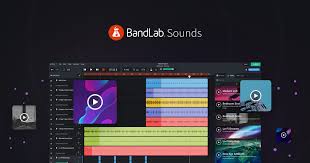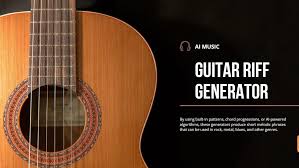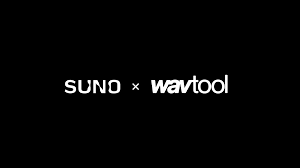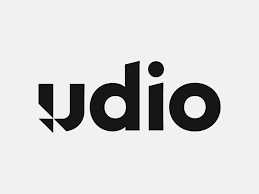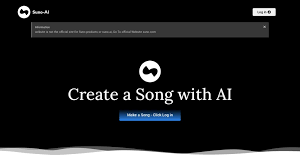Introduction: Why Use Adobe Audition to Make Music?
If you’re just starting your music production journey or switching from another digital audio workstation (DAW), you might be wondering how to make music with Adobe Audition. While Audition is often associated with podcasting and post-production, it’s also packed with professional-grade features that can help you compose, edit, mix, and finalize music tracks with precision.
Whether you’re working on soundtracks, electronic beats, or vocals, Adobe Audition offers a clean interface, multitrack editing, and industry-standard tools that rival platforms like Logic Pro X or Ableton Live. This article breaks down how you can turn Adobe Audition into your music-making powerhouse.
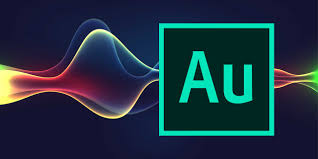
Key Features for Making Music in Adobe Audition
Multitrack Editor
Adobe Audition’s multitrack environment allows you to record, import, and layer audio tracks seamlessly.
You can create complex arrangements with individual control over each instrument or vocal line.
Essential Sound Panel
Tailored for music creators who need fast results.
Lets you quickly assign tags like “Music,” “Dialogue,” or “Sound FX” and gives intelligent presets for EQ, compression, and reverb.
Looping and Clip Stretching
Audition supports loop-based production, which is ideal for genres like hip-hop or EDM.
You can stretch loops in real time without affecting pitch—thanks to Adobe’s advanced time-stretching algorithm.
Built-in Effects and Presets
Over 50+ real-time effects for EQ, mastering, dynamics, delay, chorus, distortion, and more.
Customizable presets help beginners achieve polished sounds fast.
Waveform Editor for Precision Editing
Offers sample-level precision for cleaning up recordings, fine-tuning beats, or slicing loops.
Great for detailed work on drum hits or vocal takes.
MIDI Support (Limited but Useful)
While Adobe Audition isn’t a MIDI powerhouse, it works well with external MIDI tools and VST plugins, allowing you to incorporate synths and virtual instruments.
Step-by-Step: How to Make Music with Adobe Audition
Step 1: Set Up a New Multitrack Session
Open Audition > File > New > Multitrack Session.
Name your session and choose a sample rate (typically 44100 Hz for music).
Choose a template like “Music Session” or start from scratch.
Step 2: Import or Record Audio
Use File > Import to bring in samples or recorded tracks.
Drag audio clips onto different tracks—vocals, drums, guitars, etc.
Step 3: Arrange and Loop Tracks
Use the razor tool to cut, trim, and move clips.
Hold Shift + drag to duplicate clips.
Right-click on clips to enable looping.
Step 4: Apply Effects
Click on the Effects Rack to apply EQ, compression, or spatial effects to each track.
Use “Mastering” for global effects like loudness maximization.
Step 5: Mix Your Track
Adjust volume, pan, and automation for each track.
Use the mixer view for real-time control over faders and sends.
Step 6: Export the Final Song
Go to File > Export > Multitrack Mixdown.
Choose “Entire Session” and export as .WAV or .MP3 for distribution.
Pros and Cons of Using Adobe Audition for Music
| Pros | Cons |
|---|---|
| Clean, intuitive interface for audio editing | Limited MIDI support |
| Powerful multitrack editor | Lacks built-in virtual instruments |
| Excellent for mixing and mastering | Requires third-party tools for beatmaking |
| Seamless integration with Adobe Creative Cloud | Not designed for live performance setups |
Use Cases for Making Music with Adobe Audition
Soundtracks for Film or Video
With its direct integration with Adobe Premiere Pro, you can produce cinematic background music or scene-specific scoring efficiently.Podcast and Intro Music
Audition makes it easy to craft jingles, intro music, or loops for podcasts with clarity and polish.Vocal Tracking and Mixing
Record dry vocal takes, apply compression, de-essing, and reverb, and then blend them into a full arrangement.Remixes and Sample-Based Production
Import stems or full tracks, cut them up, and apply loops and effects for remixing.Audio Cleanup for Live Recordings
Use tools like the Noise Reduction and Adaptive Noise Removal to clean up raw instrument or vocal recordings.
Adobe Audition vs. Other DAWs for Music Creation
| Feature | Adobe Audition | FL Studio | Ableton Live | Logic Pro X |
|---|---|---|---|---|
| Multitrack Editing | ? | ? | ? | ? |
| MIDI Sequencing | ? (limited) | ? | ? | ? |
| Loop-Based Production | ? | ? | ? | ? |
| Built-in Instruments | ? | ? | ? | ? |
| Audio Cleanup Tools | ? | Limited | Moderate | Moderate |
| Integration with Video Software | ? | ? | ? | ? |
While Adobe Audition is not a full DAW replacement for composers or live performers, it excels in editing, mixing, mastering, and audio post-production—which are critical stages of music creation.
FAQ: How to Make Music with Adobe Audition
Q1: Is Adobe Audition good for music production?
Yes, especially for recording, editing, and mixing music. It’s ideal for audio post-production and soundtrack creation.
Q2: Can I use VST plugins in Adobe Audition?
Absolutely. Audition supports most VST3 plugins, allowing you to expand your toolkit with synths, samplers, and third-party effects.
Q3: Does Adobe Audition have built-in instruments?
No, unlike FL Studio or Logic, it does not include virtual instruments. You’ll need to use external tools or pre-recorded audio.
Q4: Is Adobe Audition beginner-friendly?
Yes. The Essential Sound panel and intuitive layout make it accessible for beginners while still powerful for pros.
Q5: Is Adobe Audition part of Creative Cloud?
Yes. It's available via Adobe’s subscription model, starting at around $20.99/month for a single app or bundled in Creative Cloud All Apps ($59.99/month).
Conclusion: Is Adobe Audition the Right Tool for Music Creation?
If your music workflow includes high-quality editing, podcast production, vocal tracking, or sound design for video, Adobe Audition is a solid choice. It might not replace a traditional DAW for electronic music production or MIDI composition, but it shines where clarity and control are essential.
Its multitrack capabilities, audio effects, and seamless Creative Cloud integration make it a great tool for podcasters, video editors, composers, and indie musicians who want professional-grade results.
So, if you're wondering how to make music with Adobe Audition, the answer is: by combining its robust audio tools with creativity, and using it as part of a larger production ecosystem.
Learn more about AI MUSIC TOOLS

